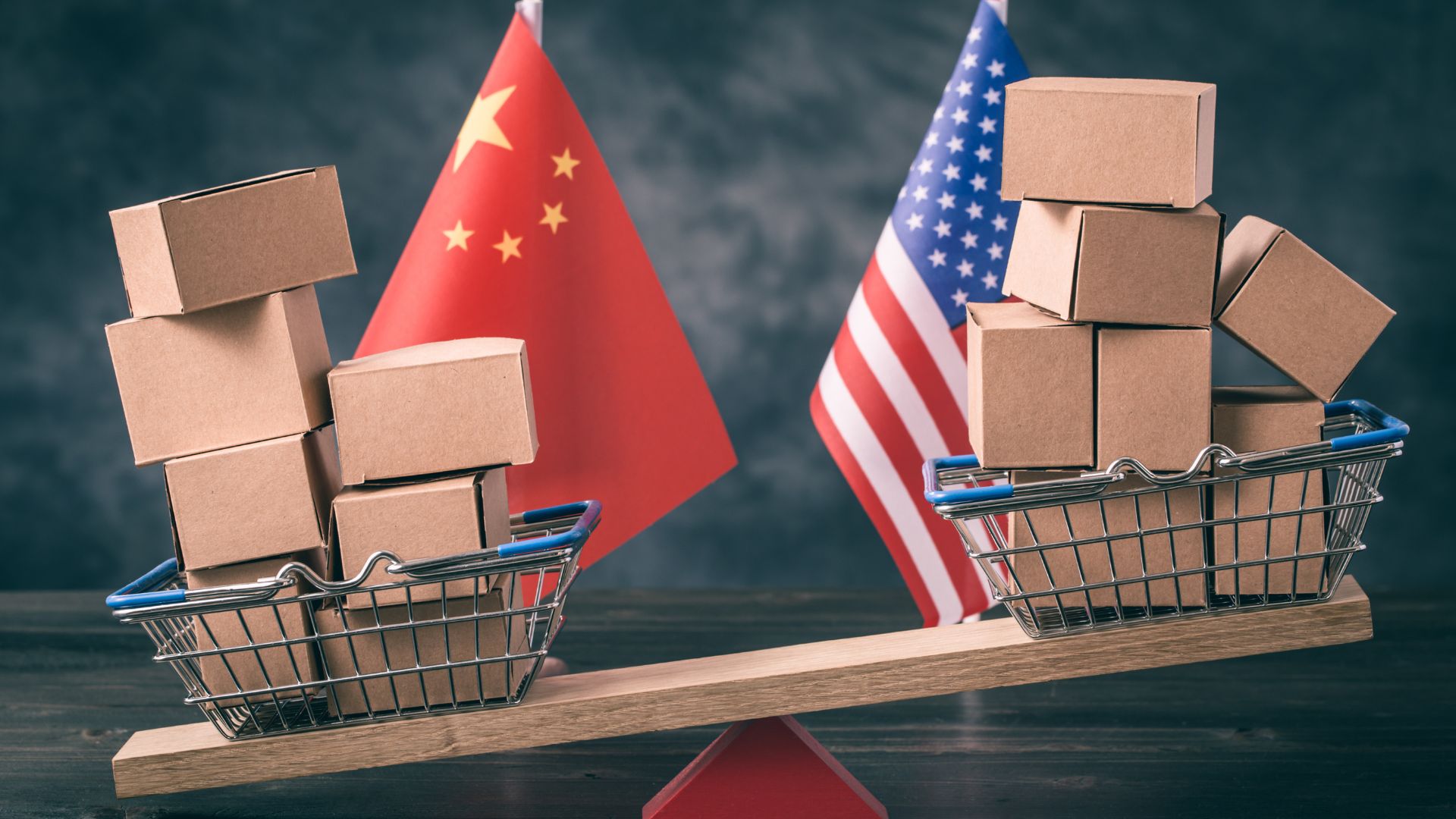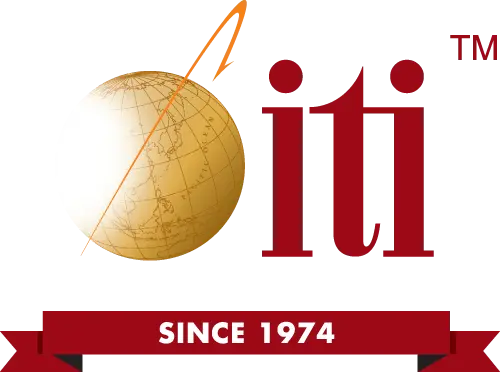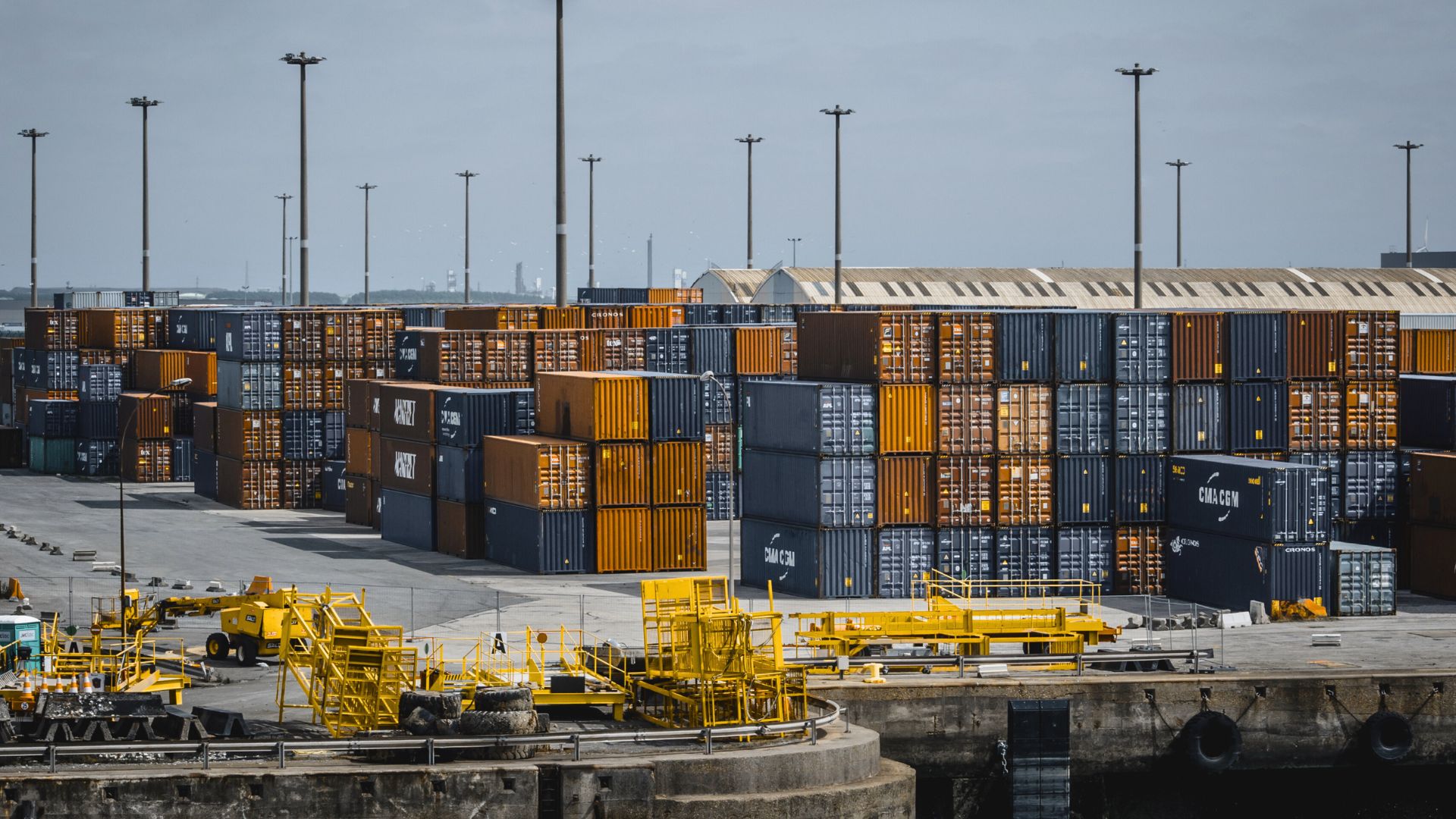
The United States and China have been tangled in a politically fueled trade war for the better part of the last decade. New developments this year are only adding fuel to the fire and affecting Chinese imports.
In 2018, the U.S. issued tariffs designed to curb China’s unfriendly trade patterns. While these tariffs have had a definitive impact on China’s export economy, they have so far not coerced China to fully correct its practices.
Now in 2024, the current presidential administration has outlined plans to expand these tariffs further, impacting another $18 billion worth of imports from China in key product categories such as electric vehicles, batteries, semiconductors, steel, aluminum, medical supplies and more. If approved, these new tariffs will impose significant cost additions soon. For example with electrical vehicles, this tariff adds a 100 percent tax burden and would begin in August 2024.
With these new tariffs on the horizon and no end to this trade war in sight, American manufacturers are challenged once again to adapt.
As we write this article, current President Joe Biden has announced his withdrawal from the 2024 U.S. presidential election, a factor that is sure to further complicate the future of Chinese import tariffs. Despite all the politicking between parties, it is a fact that both parties have implemented and maintained tariffs on China.
As it stands, the presidential office is now set for a change of face regardless of which party wins, which compounds the uncertainty surrounding how these tariffs will play out.
How the Proposed 2024 Chinese Import Tariffs Affect Manufacturers
As a global sourcing and contract manufacturing company, we’re acutely aware of how import buyers are impacted by additional tariffs on Chinese goods. Since the announcement of the new tariffs on Chinese imports, our team has been working with clients to fully assess and manage their risk exposure. To not mince words, the universal observation across all buyers is that if they purchase Chinese products that fall into a product category targeted by the new tariffs, their costs will rise.
With that said, there are thankfully many options available to buyers. A useful way to ease into this conversation is to view the matter from the perspective of where a buyer is at with their import contracts, as follows:
Manufacturers With Current Import Agreements
Importers under current contracts will want to immediately translate the proposed tariffs into tactical imperatives, establishing a timeline and cost profile that they can manage against.
Some manufacturers will see major cost spikes within a matter of months, and must implement contingency plans and alternative sourcing channels “yesterday.” In addition, some manufacturers should expect and plan for turbulence involving logistics, inventory availability, competitor cost grabs and potential Chinese retaliatory actions.
Manufacturers With Pending Import Agreements
Importers who are currently developing their import contracts but are not yet engaged may consider two tactical choices: delay engagement and re-solicit exporters after the tariffs launch to find better value, or accelerate agreements before tariffs launch to take advantage of aggressive pricing conditions that will soon go away.
It is risky to gamble on cost grabs prior to new tariffs, as any delay in landing goods past the tariff date will incur the tariff’s costs, but under the right conditions (such as tariffs over a year away) it may work to an importer’s advantage. Most importers will be better served by the more conservative path of finding new export channels under the new tariff conditions that will provide more stable, reliable costs into the future.
Manufacturers With Future Import Agreements
For emerging importers eyeing a future engagement, it is easy to downplay current tariff discussions and wait to “cross that bridge when we get there.” However, we recommend the opposite perspective: Now is the time to assess the changing import spectrum and make sure that your assumptions and plans towards a future engagement are well-calibrated to upcoming conditions.
With these tariffs, many Chinese channels will no longer be competitive, both for raw material supply as well as manufactured product supply. Alternative markets may become the new default in certain product categories, fundamentally changing the price point, lead time, capacity and quality factors that an emerging importer may have counted on.
Action Plan for Adapting to Increased Tariffs on Chinese Imports
Above we introduced high-level responses to tariffs through the lens of where a manufacturer is in terms of their import contracts. Next we turn those perspectives into a detailed action plan. We developed these steps in collaboration with our clients, drawing from actual mitigation strategies we’ve helped launch:
- Take stock. First, manufacturers must read up on the proposed tariff changes in detail, paying particularly close attention to affected product categories, percent changes and implementation dates.
- Assess exposure. Manufacturers must next quantify how these tariffs will expose their business to risk, if any. Risks can take the form of costs, lead times, overall availability, market competition, inventory run-outs and even the restriction or shuttering of export supply channels.
- Handle immediate threats. If approved, most proposed tariffs will launch in 2024, which can introduce immediate threats. For example, companies may face shaken customer confidence, shareholder uncertainty, tactical competitor actions and audit requests from downstream partners.
- Exercise all cost-avoidance options. At this point, manufacturers should exercise any cost-avoidance options available to stave off cost spikes. Cost-avoidance decisions are unique to your specific needs and should be considered carefully.s.
- Inventory bridging decisions. Next, impacted manufacturers should examine inventory levels as a function of tariff cost changes (as in, if increased unit costs will decrease the firm’s ability to sufficiently restock). In such a case, managers must shore up their inventory levels to maintain sales by pre-buying inventory, tapping into backup manufacturing capacity, procuring substitutions or temporarily reducing inventory minimums.
- Forecast cost futures. With all immediate risks mitigated, manufacturers should next update their cost and demand forecasts to reflect new tariff conditions into the future. When modeled against inflation and any revenue seasonality, tariff-adjusted cost projections will provide a clear timeline for long-term decisions.
- Decide on cost absorption. With cost projections in hand, manufacturers must now decide if they will absorb, pass through or pivot to avoid tariff cost increases. This decision marks the beginning of how the company will accommodate tariffs for the long haul.
- Evaluate and prioritize alternative channels. Many buyers will find that increasing their pricing to cover tariff costs will not be tolerated by their customers. In this case, manufacturers will begin identifying and soliciting alternative procurement channels, likely shifting focus from China to emerging markets such as Vietnam, India, Malaysia, Singapore, Mexico, and South America.
- Implement course changes. Once alternative channels are vetted, the process of switching channels out of China and into new markets begins. This can be complex and scary, but when done correctly and with the help of a professional sourcing agency, changing manufacturing courses can be the key solution to maintaining (if not improving) cost performance far into the future. Customer and partner communication is a critical component of this step, as is updating all insurance, legal and regulatory controls impacted by these changes.
Questions About Chinese Imports?
Count on our decades of experience to help streamline your supply chain and manufacturing processes. Contact us today to ask questions and learn more.




